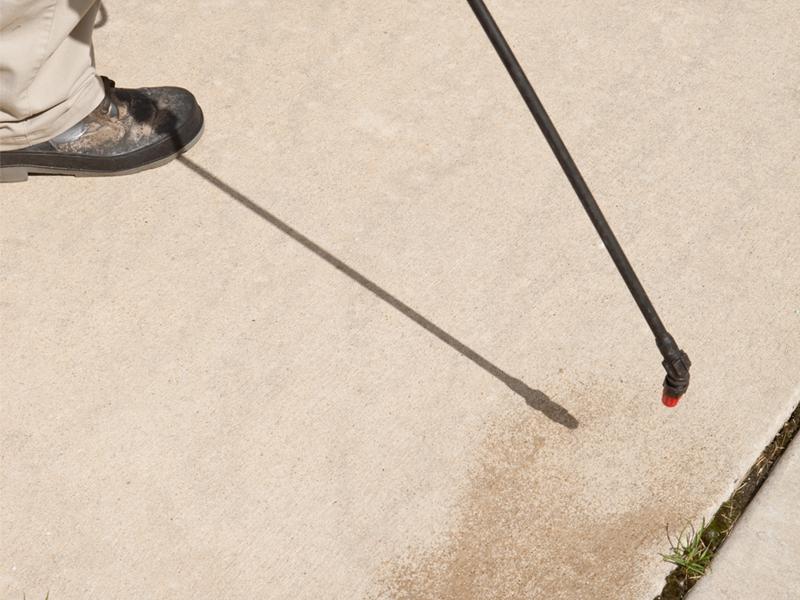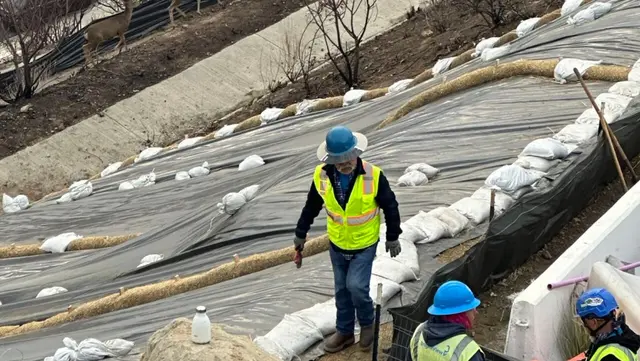
The Ultimate Spring Landscape Checklist
Spring into a Stunning Landscape
Warmer weather means it’s time to spring into action (see what we did there?) to get your landscape ready to unveil its full glory. While the months ahead are beloved for their mild temperatures and bright blooms, we know the lead up can also be bewildering. What should you clip and when? Is it time to fertilize? And do you need more mulch?

That’s why we created this handy checklist to take the mystery out of your landscape’s spring start-up.
- Cleanup Debris
Now is the time to remove fallen leaves, branches, and any other vestiges of winter.
- Apply a Pre-Emergent Herbicide
Putting down a pre-emergent now will help you get ahead of spring weeds by stopping them before they sprout.
- Address Weeds That Have Already Emerged
Dandelions are a frequent offender in early spring and best handled before they can produce seeds. Zap them with a post-emergent, or manually remove.
- Fertilize Turf
As soon as you notice the grass beginning to grow, apply fertilizer and not a moment sooner. In the beginning of spring your grass will be focused on root development. Applying fertilizer too soon will disrupt this process. New growth is the surefire sign your lawn has shifted into leaf development.
- Prune Shrubs & Trees
Dormant pruning will improve shape, remove deadwood and expired foliage, and set up the tree or plant for a successful growing season. If you didn’t prune your trees prior to winter, now is a good time. Summer flowering shrubs and trees do best when they’re pruned before new growth starts to appear. 
In addition to improving your property’s appearance, mulch reduces weeds, stabilizes the soil, conserves water, and improves plant health. Check-In on Your Hardscape
Because soil and rock can swell during freezing conditions, survey your pathways, stonework, and other hardscape for damage that could pose a hazard.- Inspect your Irrigation System
Your landscape provider should check for any leaks and ensure your system is in good working condition.
- Plant New Perennials, Trees & Shrubs
Installing new plants now gives them time to get established before summer temperatures arrive.
- Add Mulch
A fresh layer of mulch will help discourage weeds and regulate soil temperature and moisture in advance of scorching temps.
When to Start? After the Projected Last Frost
Thanks to data from NOAA, we have an idea of when the first and last frost dates of the season typically occur. The tasks above can be undertaken after the projected date of your area’s final light freeze, which is classified as temperatures between 29° to 32°F. If you’re not sure when that is, your landscape provider will know. Or check with the Farmer’s Almanac. As for planting, if the ground is no longer frozen, you’re good to go!
Make Spring Maintenance Easier
Spring landscape maintenance can be intensive, but the results pay dividends well into the summer. The easiest way to check off your list is with the assistance of an experienced landscape provider. If you have spring landscape questions, get in touch. We’d be happy to help.



